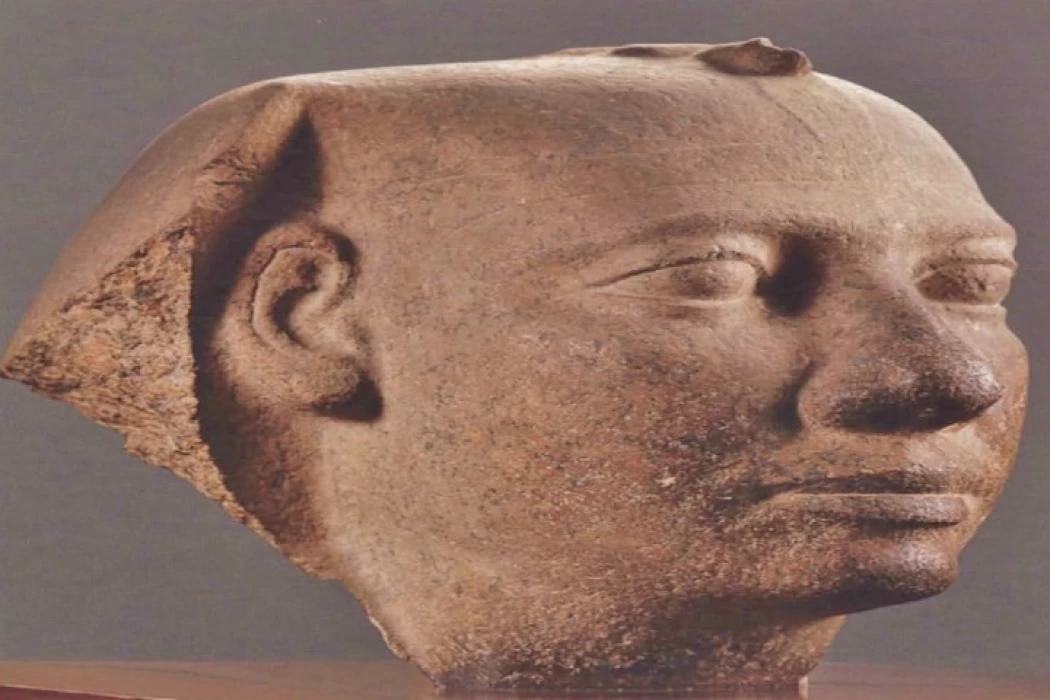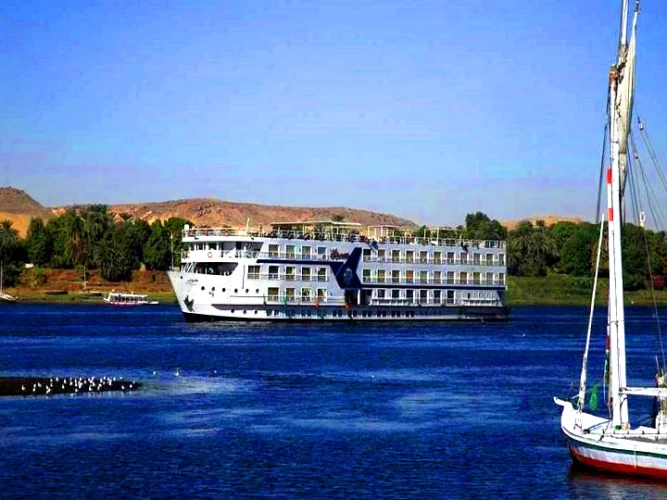
King Shepseskaf | Last King of the Fourth Dynasty
Fact About King Shepseskaf
Unlike his pyramid-builders ancestors, when King Shabas Kafe took over, The Sixth and Final King of the Fourth Family, the throne of Egypt after his father, Mankaur, He did not pay tribute to himself a pyramid like his father on the Giza Plateau, but returned to his ancestral place near Saqqara, He created for himself a unique cemetery in her door, where he built himself a huge terrace, Another sarcophagus was built on top of it in the form of a coffin, at the same time, This cemetery has made all the accessories that follow the pyramid, so, the people of Dahshur know this construction as the "Pharaoh Matte."
It is apparent in the explanation that the pyramid was built to be a cemetery of the King, and this form was not arbitrary, but rather a symbol of the worship of the Sun, and in the establishment of the pyramid as a recognition of the Sun's divinity and great sovereignty, and the placement of the deceased under its protection to reach the other world.
From the beginning of the reign of King III of the Fourth Dynasty, he entered into the installation of the name of King Ra, i.e. the Sun. And we noted that at the beginning of the Fifth Dynasty, the kings of this family considered themselves the children of "Ra" directly and his successors to the throne, We knew the status of that God in them and his influence on them, and we were surprised to see three kings whose names we did not find in the composition of the word "ra" as their ancestors, They are "Shabas Kaaf", "Khantkaus" and "Secret Kaev", which indicates that these kings have disassociated themselves from the Sun Eye faith that occupied an excellent house at the time, What explains is Shabas Kafil's attitude to his grave and the abstinence of his predecessors in its construction.
The Turin diary states that Shabs Kafi has been sentenced for four years, and that his unnamed successor in the fourth family, "presumably Dagdaf Bafta", has been sentenced for only two years. Conversely, Manito's list explicitly gives Kafi a seven-year sentence
After Shabas Kaev's reign, historians mentioned three kings, but the monuments revealed so far did not bring the name of one of them, so the end of this family remained vague and unknown until 1932, when the Egyptian University's excavation mission in the Giza pyramid area revealed the fourth pyramid in which the Queen "betrayed Kaus".
Latest Articles
Admin
Aswan Governerate in Egypt
One of Egypt's southern governorates is Aswan Governorate. The city of Aswan serves as its capital. At a latitude of 22 north of the equator (also known as the Tropic of Cancer), it is bounded to the north by the Qena Governorate, to the east by the Red Sea Governorate, to the west by the New Valley Governorate, and to the south by the Republic of Sudan.
Admin
Luxor Governorate Egypt
The capital of the Arab Republic of Egypt is Luxor City, which was once known as "Thebes City" because it served as Egypt's capital during the Pharaonic era. It is situated in the South Upper Egypt region, approximately 670 kilometers from the capital Cairo from the south. It is bordered on the north by Qena Governorate, on the south by Aswan Governorate, on the east by Red Sea Governorate, and on the west by New Valley Governorate.
Admin
History of kafr El Sheikh Governorate
Kafr El Sheikh Governorate is an Egyptian governorate, located in the northernmost part of Egypt in the Nile Delta, with Kafr El Sheikh as its capital. It had a population of 3,172,753 in 2015 and an area of 3,748 km². Its entire area is located north of the delta and overlooks the Mediterranean Sea. The main economic activity of the residents of the governorate is agriculture and fishing, especially the southern lands of the governorate and the lands overlooking the Nile River - Rosetta Branch.
Admin
Egypt's New Administrative Capital
The New Administrative Capital is located between the Cairo-Suez and Cairo-Ain Sokhna roads, 60 km from Cairo and the same distance from Ain Sokhna and Suez. The New Administrative Capital is located on the border of Badr City, in the area between the Cairo-Suez and Cairo-Ain Sokhna roads, just after New Cairo, Mostakbal City and Madinaty.
Admin
Al Gharbia Governorate
Gharbia Governorate is one of the governorates full of archaeological sites, whether they are places or facilities (mosques, churches), as the governorate is a destination for visitors to these places throughout the year, whether they are Egyptians from the different governorates.
Admin
Hamata Islands (Qulaan Archipelago) in Marsa Alam
The Hamata area, south of Marsa Alam in the Red Sea, is one of the most important parts of the Wadi El Gemal Reserve, whether in the desert or the sea. It was named after the sorrel plant, which was distorted to Hamata.














